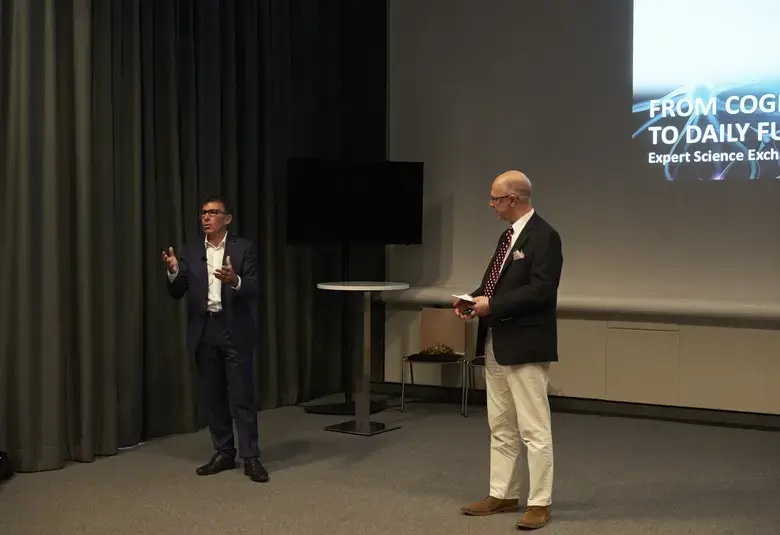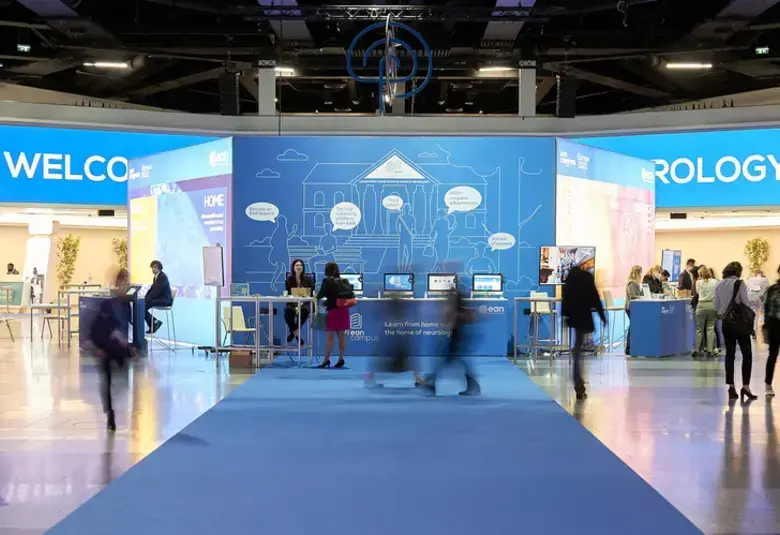Headaches and migraine are common in adolescents and adversely affect quality of life and social and academic function, said Professor Lauren Strauss, Wake Forest Baptist Health Center, NC. In a presentation at the Virtual Scottsdale Headache Symposium 2020, she discussed the diagnosis and management of adolescent migraine in clinical practice.
The 1-year prevalence of headache is 75% among adolescents aged between 10 and 18 years, and approximately one-third of these adolescents have migraine.1 However, although headache and migraine affect quality of life, adolescent migraine is often undertreated, said Professor Strauss.
Migraine is common in adolescents
Differences in diagnostic criteria from adult migraine
The International Classification of Headache Disorders, 3rd Edition (ICDH-3) criteria for migraine in adolescents aged under 18 years is an attack lasting at least 2 hours—compared with an attack lasting at least 4 hours in adults (read more here).2
Avoid using terms not in the ICHD-3 classification
The headache is more often bilateral in adolescents, with unilateral pain emerging in late adolescence or early adulthood,2 added Professor Strauss.
ICDH-3 also highlights that migraine headache is usually frontotemporal, and that occipital headache is rare in children and calls for diagnostic caution.2
However, a retrospective chart review of 308 patients ≤18 years of age reports that although neuroimaging is more commonly carried out for those with occipital pain, it not significantly associated with significant intracranial pathology,3 said Professor Strauss.
ICHD-3 also includes infantile colic as a proposed episodic syndrome that may be associated with migraine.2
Differences between migraine and epilepsy
Adolescent migraine needs to be differentiated from epilepsy
Professor Strauss highlighted the following differentiating features between migraine and epilepsy, which are both chronic paroxysmal neurologic disorders:4
- prodrome is rare in epilepsy
- aura in migraine lasts 15–60 min, commonly includes growing scintillating scotomas and rarely includes automatisms, in epilepsy, aura lasts less than 1 min, may include short visual phenomena and often includes automatisms
- onset of the ictal phase headache is gradual in migraine, and sudden in epilepsy
- the postictal state in epilepsy can be prolonged and associated with confusion and amnesia, and may include Todd’s paralysis4
Management
Early treatment and advice are important
The American Academy of Neurology and the American Headache Society recommendations for acute migraine in adolescents highlight the importance of early treatment and advice on avoiding trigger factors and medication overuse.5
Patients, families, and teachers can all benefit from using the AHS Pediatric Migraine Action Plan (PedMap),6 said Professor Strauss. This headache toolbox provides helpful guidance on behavioral therapies and lifestyle strategies for use at home and in school to prevent migraine and how to manage acute attacks.
For the latest updates on sea.progress.im, subscribe to our Telegram Channel https://bit.ly/telePiM
Our correspondent’s highlights from the symposium are meant as a fair representation of the scientific content presented. The views and opinions expressed on this page do not necessarily reflect those of Lundbeck.




